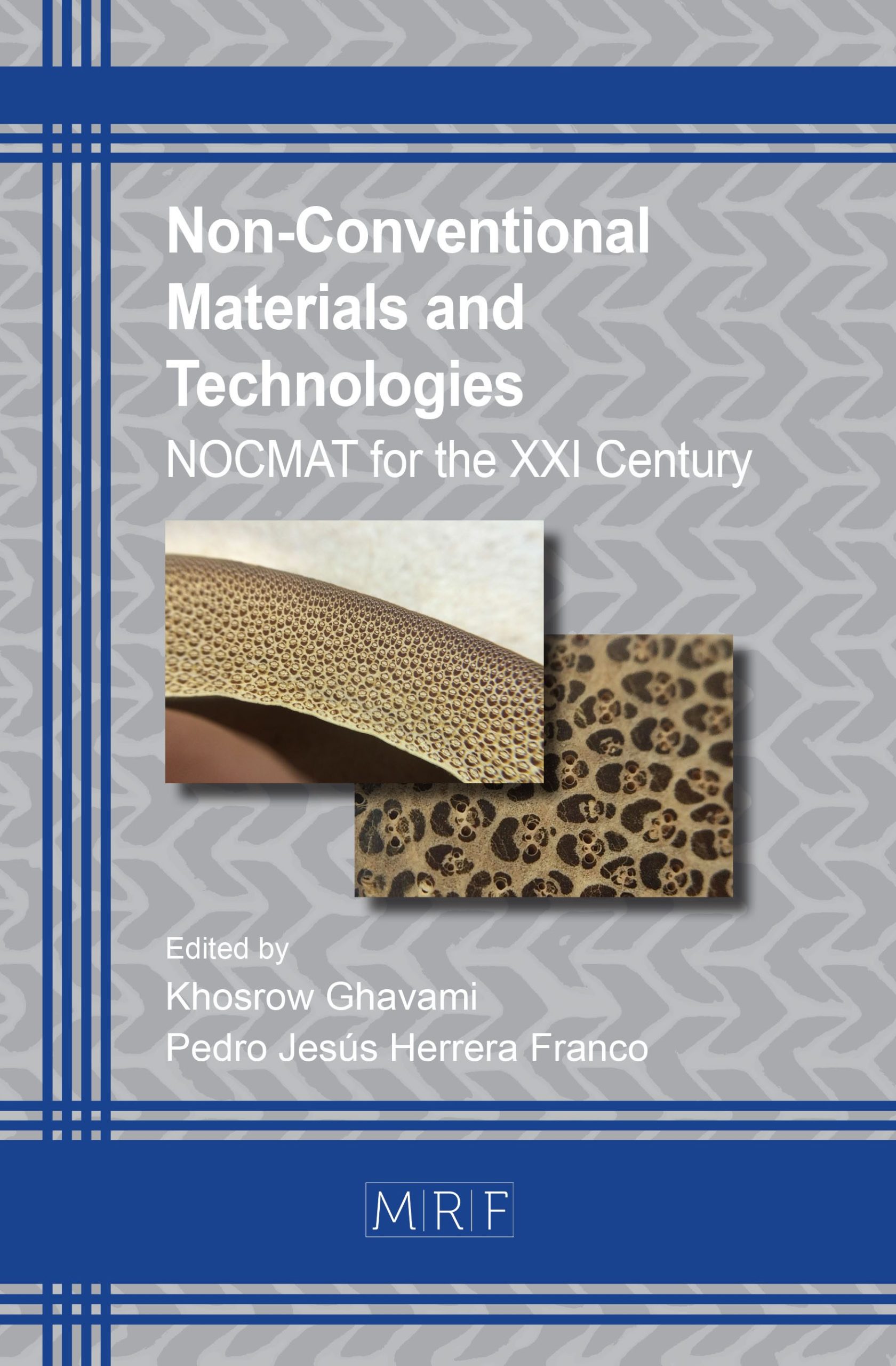Load Deflection Behaviour of Rammed Earth-Filled Polyvinyl Chloride Columns
K.J. Dick, L. Midence
Abstract. This paper presents the results of a series of tests conducted on rammed-earth filled polyvinyl chloride (PVC) columns for use in structures in rural Honduras. While the use of PVC may not seem sustainable the project location in Honduras does not have an affordable source of timber for construction. Previous use of concrete-filled tubes led to the consideration to use rammed earth as a more sustainable, low cost option and provides a stay-in-place form. The tubing is available from production facilities in Central America.. 102 mm (4”) PVC tubing with a length of 2440 mm was filled using 5 and 10% cement stabilized and non-stabilized rammed earth. A single piece of 10M rebar was positioned at the centre of each column. The specimens were then loaded in axial compression to evaluate the load-deflection behaviour. Test cylinders were prepared using the same mix designs and were tested to investigate the compressive strength. The rammed earth test cylinder specimens had a compressive strength ranging from 0.6 to 3.03 MPa. The PVC columns exhibited ultimate loads from 6.6kN to 28.1 kN. Using an out-of-plane deflection limit at mid-height of H/500 a recommended design value is presented. Based on the proposed end-use for these columns the capacity is more than adequate for the anticipated loads.
Keywords
Rammed Earth, Polyvinyl Chloride(PVC), Column Design, Compressive Strength, Filled Tubes
Published online , 8 pages
Copyright © 2018 by the author(s)
Published under license by Materials Research Forum LLC., Millersville PA, USA
Citation: K.J. Dick, L. Midence, ‘Load Deflection Behaviour of Rammed Earth-Filled Polyvinyl Chloride Columns’, Materials Research Proceedings, Vol. 7, pp 462-469, 2018
DOI: http://dx.doi.org/10.21741/9781945291838-44
The article was published as article 44 of the book Non-Conventional Materials and Technologies
References
[1] Bui, Q., Morel, J. Hans, S. Meunier, N. 2009. Compression behaviour of non-industrial materials in civil engineering by three scale experiments: the case of rammed earth. Materials and Structures. 42: 1101-1116. https://doi.org/10.1617/s11527-008-9446-y
[2] Carter, J. 2013, Design and implementation of a sustainable housing system in Honduras. Unpublished M.Sc. thesis, Department of Biosystems Engineering, University of Manitoba, Winnipeg MB.
[3] Ciancio, D. and Beckett, C. 2013, Rammed earth: An overview of a sustainable construction material, University of Western Australia.
[4] Dawn E. Lehman and Charles W. Roeder, “Foundation Connections for Circular Concrete-Filled Tubes.” Journal of Constructural Steel Reasearch 78, (2012): 212-225. https://doi.org/10.1016/j.jcsr.2012.07.001
[5] Enns, G. 2015. Design and Implementation of a Rammed Infill Adobe and Plastic Bottle Wall System in Honduras. Department of Biosystems Engineering, Unpublished M.Sc. thesis, University of Manitoba, Winnipeg MB.
[6] Griffiths, K. 2007. Physical Properties of an Anola Soil Based Cob Re-inforced with Chicken Feathers. Department of Biosystems Engineering, University of Manitoba, Winnipeg MB.
[7] Maniatidis, V. & Walker, P. 2003. A Review of Rammed Earth Construction.
[8] Morsier, Y. Our Experience with Rammed Earth: A Manual for Rammed Earth Building, Numbugga, New South Wales, Australia,































